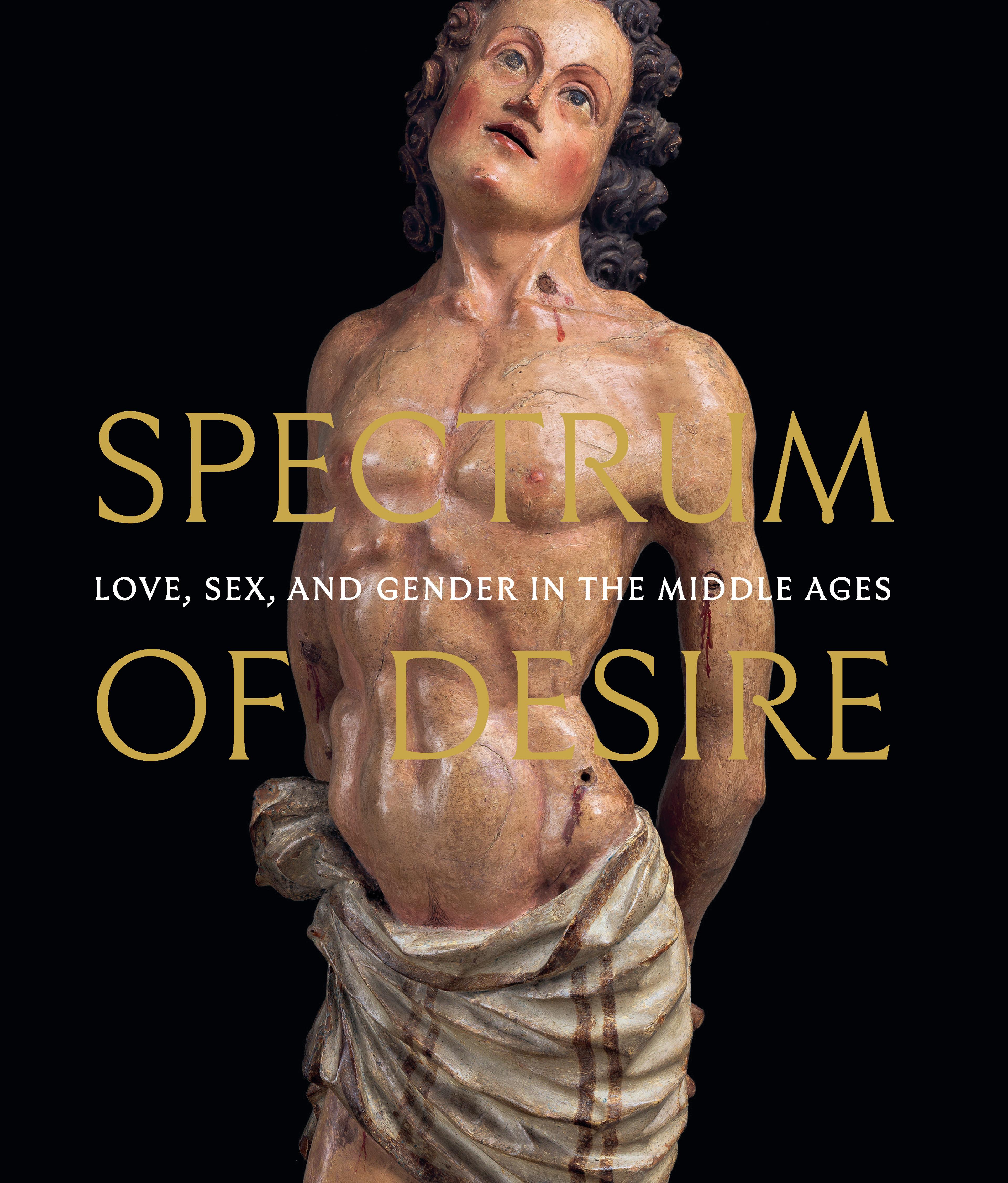Comb
Combs and other personal grooming implements were often included in bridal trousseaux during the fifteenth and sixteenth centuries in Italy. In 1474, for example, Caterina Pico da Carpi had seven ivory combs in her wedding trousseau. This one is decorated on both sides with animals and birds, and the center of one side has the amorous device of a flaming heart.
Combs were very much part of the pictorial imagery of the beautiful woman, not always in a virtuous context. The comb was also considered a privileged object in that it could touch the beloved directly. This idea was expressed in poetry as a metaphor for much-desired intimacy.
Combs were very much part of the pictorial imagery of the beautiful woman, not always in a virtuous context. The comb was also considered a privileged object in that it could touch the beloved directly. This idea was expressed in poetry as a metaphor for much-desired intimacy.
Artwork Details
- Title:Comb
- Date:15th or 16th century
- Culture:French or Italian
- Medium:Elephant ivory, paint and gilding
- Dimensions:Overall: 3 7/16 x 5 1/16 x 3/16 in. (8.8 x 12.9 x 0.4 cm)
- Classification:Ivories-Elephant
- Credit Line:Gift of J. Pierpont Morgan, 1917
- Object Number:17.190.245
- Curatorial Department: Medieval Art and The Cloisters
More Artwork
Research Resources
The Met provides unparalleled resources for research and welcomes an international community of students and scholars. The Met's Open Access API is where creators and researchers can connect to the The Met collection. Open Access data and public domain images are available for unrestricted commercial and noncommercial use without permission or fee.
To request images under copyright and other restrictions, please use this Image Request form.
Feedback
We continue to research and examine historical and cultural context for objects in The Met collection. If you have comments or questions about this object record, please contact us using the form below. The Museum looks forward to receiving your comments.
